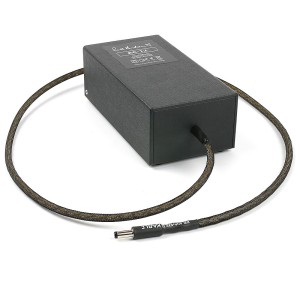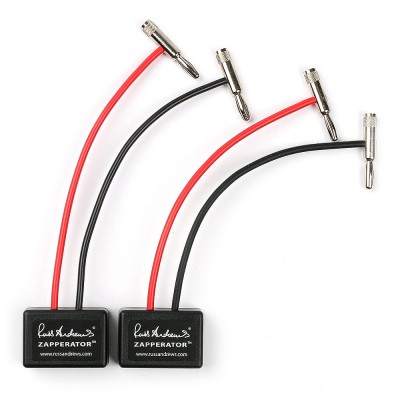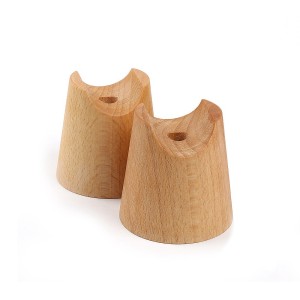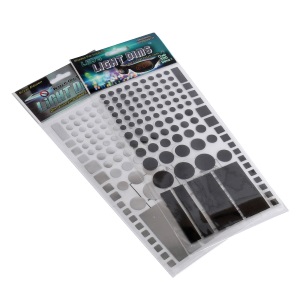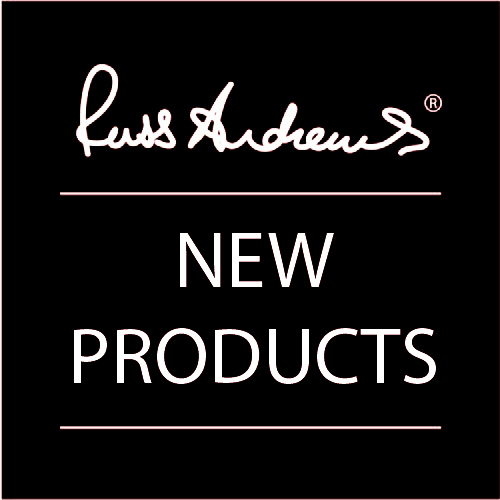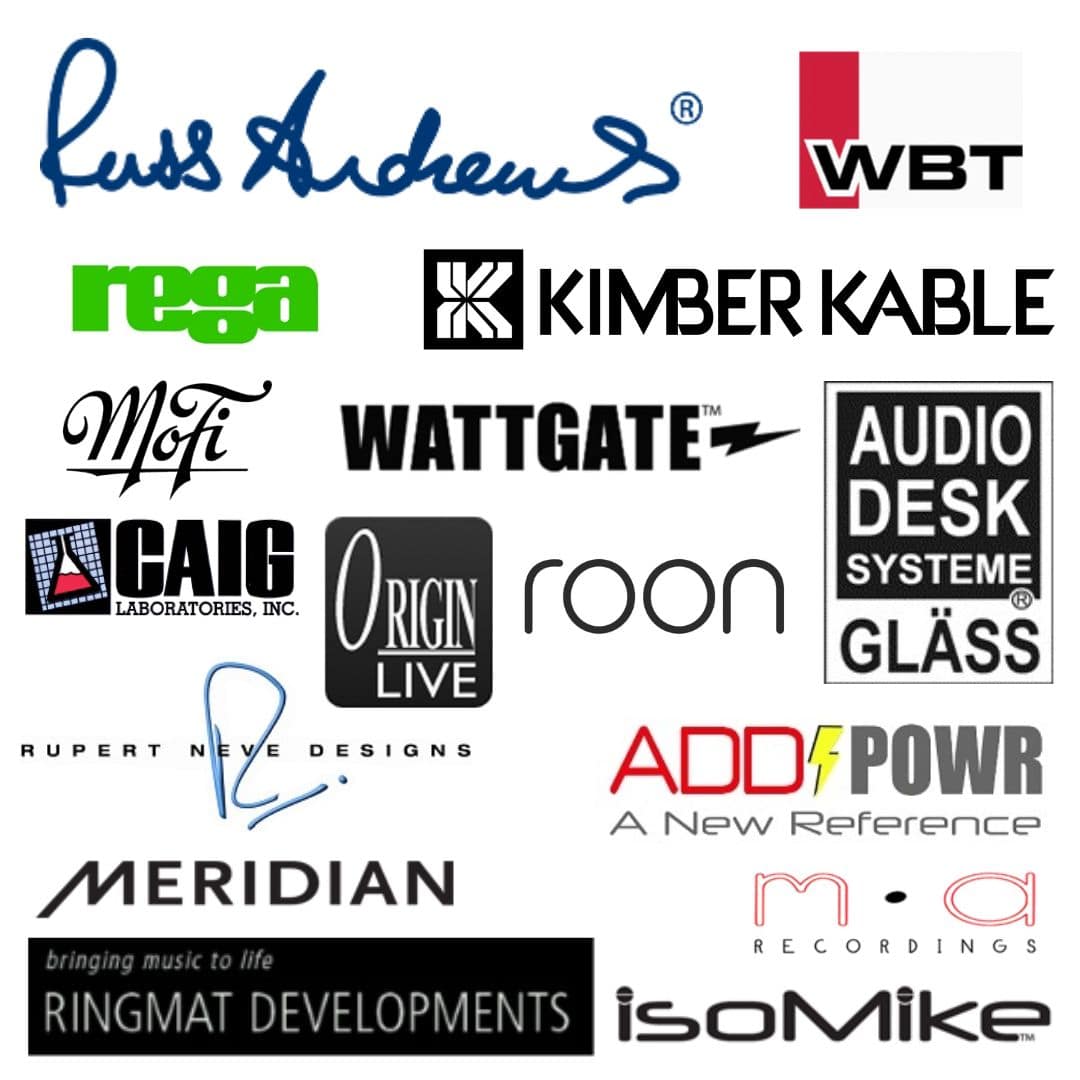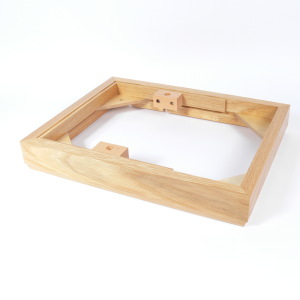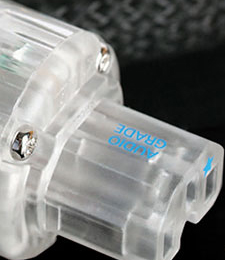
Introduction: A new era...
A couple of years ago I noticed what I can only describe as a new era in CD mastering quality.
It was the recent step change in clarity, high frequency smoothness and sheer musicality that, quite naturally, caught my attention. It sounded to me like a happy coincidence of new and better digital recording and mastering equipment, and mastering experience and technique.
Coincident with the gradual improvements in the performance brought by Process-Q, I have been listening carefully to vinyl and CD recordings of all vintages in my collection. I eventually realised that there were a number of trends and some astonishing discoveries.
The first and most obvious trend was the improvements in CD performance over the near-50 years since the arrival of digital recording.
Whilst the vast majority of early 1980s efforts proved barely listenable, a few were amazingly enjoyable and have remained so.

The second change came about at around the end of the 1990s with the arrival of 20-bit/96kHz mastering technology. Big recording companies started re-issuing important recordings as '20-bit remasters'.
Various technologies were launched: Sony with single-layer Super Audio Multi-channel discs playable only on their new Super Audio CD players. Others launched the new technology based on DVD. JVC launched XRCD2 20-bit K2 CD remasters and so life became a complicated standards and systems war.
I have examples of most of these now dead technologies.
Happily, CD has survived this multiple car crash, with Sony Super Audio releasing dual-layer discs. One layer is SACD that can play on universal disc players, and the other a standard CD layer to play on CD-only players.
A comparison of the results of these newer technologies on the same original recordings makes for very interesting listening. In many cases I have original vinyl releases from as far back as the late 1950s. These comparisons, though interesting, cannot be considered as scientifically relevant…. this is not a replay of the Vinyl-versus-CD wars!
All I hope to give is a 'heads-up' of recording companies, and recording and mastering engineers to look out for in your quest for the best in your genre of music.
About my Recommended Recordings
The title of this is Recommended Recordings because it is all about the quality of recordings, production and mastering. I shall cover a wide range of genres, don't fear.
The recordings are taken from my large and varied music library assembled over a period of about 65 years.
Naturally, it contains many bad or difficult examples and some music I have failed to enjoy. I have used these to 'stress test' my system. It drives other listeners to distraction but if I only listen to things the system plays well, how can I find out easily what it plays badly? That gives me obvious clues to what needs to be improved.
If you play only music that sounds well on your system you will find yourself restricted to that and not be willing to play recordings you may have, wish you could enjoy, but don't; you quickly end up with a very restricted play list.
The collection I am writing about is not my choice of favourite music, but rather my choice of favourite recordings, mastering and production.
I am particularly concerned with the performance of CDs but have included vinyl LP issues of the original recordings where I have them as they are the first evidence of the original tape recording quality.
Sadly, many of my Recommended Recordings are no longer available new, but second-hand copies are easily obtained on specialist websites. Many of my copies - vinyl and CD - are recently bought second hand or even, with vinyl, the ones I bought in the early 1960s when that was all I could afford to buy.
Improvements in CD Mastering
The issue of CD mastering is central because that has been the historical weakness of CD as a format. As noted above, as CD recording and mastering electronics have improved over the years, the listening pleasure has increased. No surprise there, of course, but the trend of progress since the early 1980s is very encouraging.
Before about the turn of the 21st century, the musical enjoyment available on a CD was in the hands of the original recording engineer, of course, but ultimately it was the skill of the CD mastering engineer that delivered a musical and enjoyable result. As techniques like '20-bit remastering', 'SACD', '192kHz sampling' appeared, remastering of great and popular recordings became the versions to buy and enjoy again.
Not all record companies upgraded their offerings. The change was led by enthusiast specialists who were releasing their own Hi-Fi quality recordings, but has been followed by some of the more enlightened big record companies.
I have trawled through my own record collection and found that I now need to re-arrange my CD collection by company rather than alphabetically by composer, musician or band. I can now rely on the company releasing the disc as well as following the identity of the mastering engineer or recording engineer.
Live recordings and studio mic' technique
I have long preferred live recordings over studio recordings because I want to listen to the magic that is evident when musicians are able to respond to each other as a group together in the moment.
Some recording engineers can achieve that in a studio. Most seem to mess it up by putting a mic on each instrument and then pan potting some kind of spread across the sound stage. This is not Stereo as a believable 3D spatial audio hologram, it is just a two-dimensional spread across two channels… not my idea of a musical performance.
I am hoping for a recording that is a three-dimensionally credible aural hologram of the musicians playing the music in a real-sounding place (a room, or venue), reproduced through my system in my listening room.
I know that a correctly set up stereo recording can do this, though the recording engineer must have this objective in mind when he sets up his microphones.
It is the product of the Blumlein invention of coincident pair microphone stereo recording. It can only be reproduced through a two-channel replay system with the loudspeakers wide apart and angled at 45 degrees mimicking the microphone angle. Stereo cannot be reproduced through headphones!
The invention of stereo reproduction recording and replay depends on the use of the listener's outer ear structure to capture the recording microphone's angle and distance information relayed to it from the correctly angled loudspeakers.
The headphone's earmuffs block the function of the outer ear, directing the sound straight into the ear canal. The sound stage created has no decoded distance or phase angle information and seems to exist inside the head at the back and is called Binaural sound.
Useful for the recording engineer to to hear the sound without distraction but useless for judging a stereo soundstage as heard by a HiFi system user who has been sold a 'stereo ' recording.
Two Channel vs Stereo
It is easy to understand, then, why the majority of Stereo recordings made and sold are not Stereo at all but various kinds of two channel recordings: recordings created in a recording studio, or a concert hall, using a microphone for each instrument and assembled into two channel form by a recording engineer (or, more likely, by a producer) listening through headphones and applying what are called 'Production Values'.
Unsurprisingly, very few recording engineers have the objective of creating a real stereo recording, and the experience, techniques and authority to achieve that noble result!
In spite of the odds against that occurring in the real world, many great stereo recordings do exist. I intend, therefore, to find and reveal for your enjoyment the ones I have in my record collection.
I realise that this sounds a bit extreme and even peevish to the Record Industry because most of their customers listen on stereo equipment with poor channel separation and so will not be aware of the problems I am describing.
My readers and Hi-Fi industry customers are a small minority of record buyers. Perhaps 600,000 out of a UK population of 66 million or so… probably a lot fewer! We have to accept that our hobby exists on an accident of technology not the reason for it. Just saying!
Housekeeping rules and advice
- All discs, digital or vinyl, have been cleaned on my Keith Monks Prodigy disc cleaning machine.
- All Digital discs have been treated with ReleeS anti-static solution.
The system

- My CD player is a much-upgraded Meridian 808.2i.
- My Universal Disc Player is a much-upgraded OPPO BDP- 95EU.
- My Turntable is a much-upgraded belt-driven SOTA Star Sapphire with vacuum hold down. The SOTA has a sapphire single point bearing, Papst motor with regulated power supply. The pickup arm is a 9-inch SUPATRAC Blackbird; the cartridge is a Monster Genesis 2000, serial No 20535, retipped by Expert Stylus.
- The preamp, midrange and bass amplifiers are my own, as are my loudspeakers. The loudspeakers are very large, with centres at 3.40m (11 feet 2 inches).
The room is 4.7m (15 feet 5 inches) wide, by 9.5m (31 feet 5 inches) long. The ceiling is vaulted to an apex across the centre of the length at 5.10m (16 feet 9 inches) above the floor. The floor is fully carpeted with underlay and a 12 feet X 18 feet thick Chinese rug the length of the listening area.
Read more about Russ's system.
Russ will be adding his reviews as he writes them - below are links to each:
1. Jazz At The Pawnshop
2. Time Further Out












